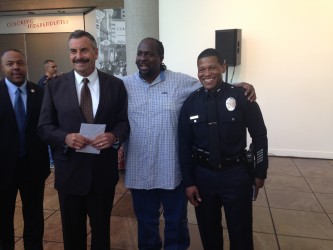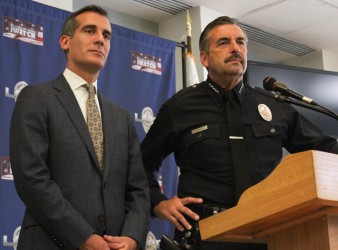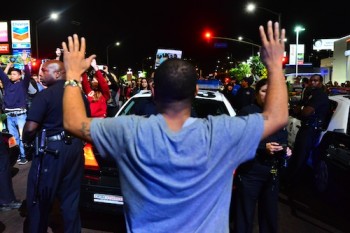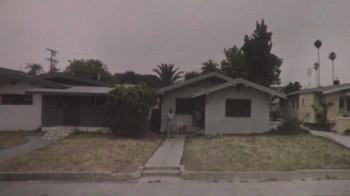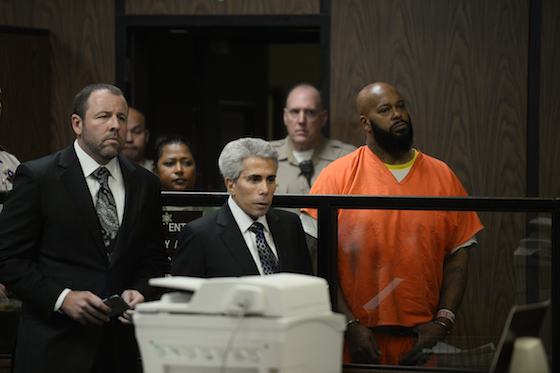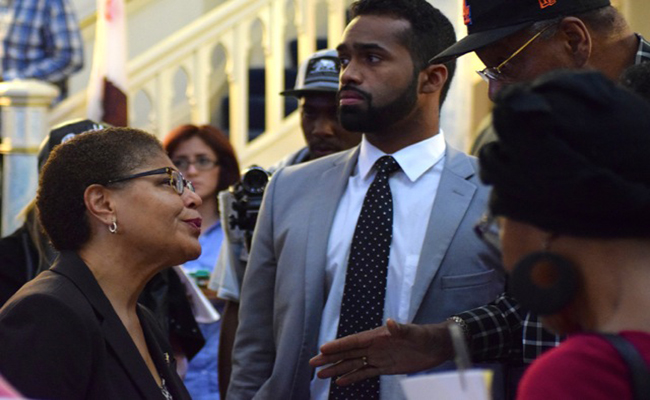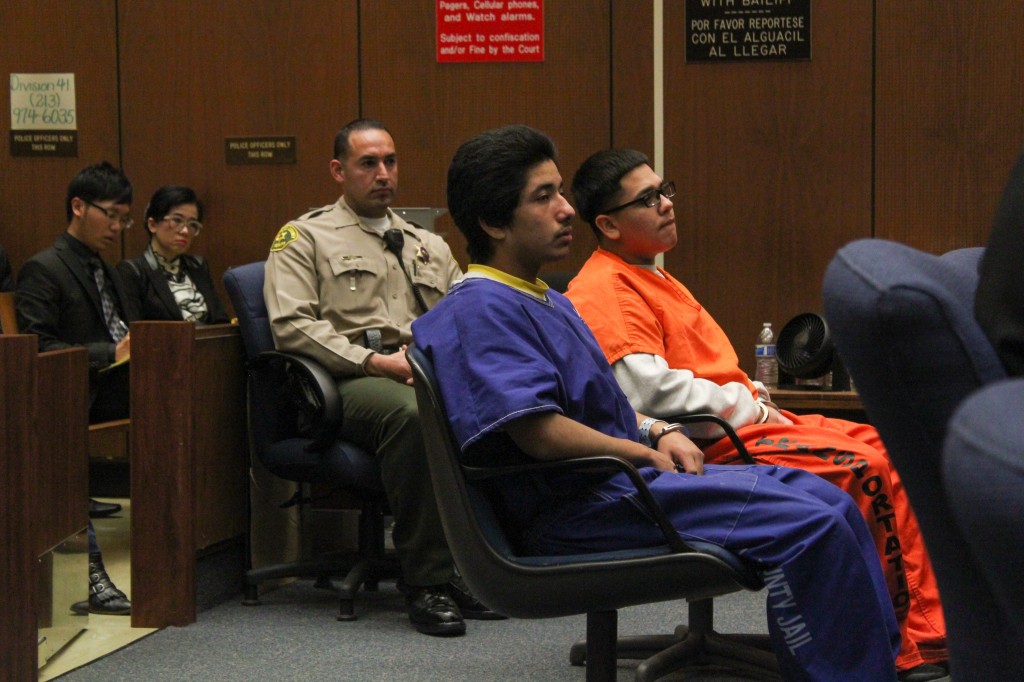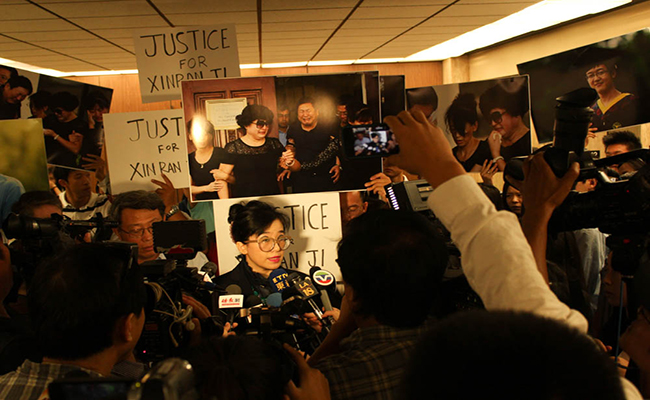A stream of videos depicting police brutality continued conversation over current relations between the police and communities of color at USC.
An event titled “Trending Topics: Police Brutality,” held at the University Park campus, highlighted how excessive force caught on tape has kept these events in the news.
A New York Times’ video compilation of the most well-known instances of police brutality caught on mobile phone cameras in this past year was shown to the 35 USC students. USC’s Speaker Committee and Black Student Assembly hosted the on-campus event.
The mostly full room was filled with tudents, many of whom weren’t born when the 1991 video of Rodney King’s beating was captured on tape.
Many analysts mark that video as the beginning of of police brutality being recorded. In the Rodney King video tape, taken by witness George Holliday from his balcony, a group of four LAPD officers is shown continuously kicking King and beating him with batons. Their acquittal is generally believed to have incited the 1992 Los Angeles riots.
Moderator Jody Armour, a professor at the USC Gould School of Law, said this fact has been taken for granted. Though the King beating occurred 24 years ago, he said, it remains in the forefront of people’s mind.
“It was the first time you have a video tape spark this kind of prosecution. Now we take it for granted,” Armour said.
The other moderator Judy Muller, a USC journalism professor who covered the Rodney King trial almost 25 years ago, said incidences of police brutality continue to be on the public’s radar because of the rise of technology.
“We are in a major communications revolution,” Muller said. “This makes everyone with a phone a journalist.”
Armour contested the idea that police brutality is not a wide scale issue. He said a faction of people feel that police violence is not an issue because “blacks kill more blacks than police ever could.” But Armour said the difference between black-on-black crime and police brutality is that officers have a responsibility to protect the people and not do harm.
Muller reached back into history to show the different reactions to news events by playing a clip of groups of white people and groups of black people watching the outcome of the 1995 OJ Simpson case. Where black people were overjoyed, white people held expressions of discontent. The professor said this clip showed the disparity between the “racial perceptions of police.” She says white people see the police as serving justice whereas black people feel threatened by police.
She says the rise of social media and the prevalence of unedited videos of the events still elicits different perceptions of events from racial groups, contrary to what one would expect.
These racial perceptions likely reflect the phenomena of mass incarceration, the moderators said. Mass incarceration is the increased rate in imprisonment of black people in the U.S. since the 1980s as a result of strict drug laws with unintended racial implications. According to Pew Research Center, in 1980 10% of black men aged 20 to 29 without a high school diploma were in prison, where that had raised to 26% by 2010. This is compared with the statistic that in 1980 only 4% of white men aged 20 to 29 without high school diplomas were in prison and this raised to 7% by 2010.
He stated a main issue in the criminal justice system is that Americans have been conditioned not to “view criminals through a lens of human frailty,” but rather, with a sense of hard justice.
When the floor was opened for questions, one student called attention immediately to the fact that the audience did not in any way reflect the demographics of USC. One black person commented “props to the three white people here” and she claimed that the issue of police brutality for many can be a She wondered what students can do to keep the conversation about police brutality going.
Another student said for her, when she is the only person of color, discussions can be “emotionally exhausting.”
Muller told students that they had to be unafraid and bring their concerns up in the classrooms.
Event coordinators said this was one of many goals for the event and they hoped it raised awareness that creates dialogue between students and experts.
Armour and Muller said there are current movements that are helping to expand the dialogue. They specifically highlighted the social movement of #Blacklivesmatter, having the potential to make changes in America.
#Blacklivesmatter is a movement with roots in social media that aims to put an end to stereotyped views of black people as dangerous based on their skin color.
But, “We’re not there yet,” Muller said. “We still react from our racial backgrounds…How many video tapes we have to view before that changes?”










